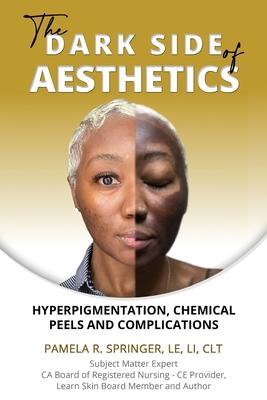Understanding the intricacies of each ethnic group's common skin conditions and the challenge of limiting risk factors, such as post inflammatory hyperpigmentations, is crucial to today's skincare professional. In the United States, the proportion of the population with diverse skin tones, which includes those of Asian, South Asian, Hispanic, Mediterranean, Middle Eastern, and African descents, is increasing. The severity of 2nd and 3rd degree burns using advanced chemical peels is astounding, especially for diverse skin tones that are rich in melanin and have a higher risk to hyperpigmentation.
To be a skincare expert in today's changing landscape, you must understand Global skins. Because many skin therapists do not seek training to learn the variables of product usage on diverse skin tones, they do more harm than good to their clients. From time to time, I surf the web for ongoing skin care challenges; many of which are frequently seen on Instagram and Tik Tok. On one such occasion I saw photos of Symone, a beautiful woman of African descent. She was a skin therapist's client, who had suffered from 2nd degree burns and an acquired fungus infection of her face due to an improper peel treatment. I was troubled by the amount of damage to Symone's skin, and I felt compelled to write The Dark Side of Aesthetics: Hyperpigmentation, Chemical Peels, and Complications.
